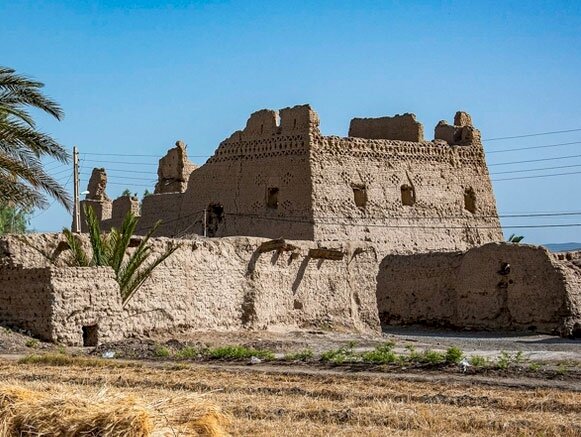Safavid-era fortress undergoes restoration

TEHRAN – Paskuh Fortress in the southeastern Sistan-Baluchestan province has undergone some rehabilitation works, the deputy provincial tourism said on Tuesday.
A budget of 700 million rials (about $17,000 at the official exchange rate of 42,000 rials per dollar) has been invested in the project, Majid Kolanuri said.
The project involved repairing and insulating the rooftop as well as replacing the worn-out bricks and strengthening the historical structure using cob materials, the official added.
The Safavid-era (1501–1736) monument was inscribed on the national heritage list in 2004.
From ancient to modern times, defensive walls have often been necessary for cities to survive in an ever-changing world of invasion and conquest.
Fortresses were designed primarily to defend territories in warfare and were also used to solidify rule in a region during peacetime.
Many of the fortifications of the ancient world were built with mud brick, often leaving them no more than mounds of dirt for today’s archaeologists.
Sistan-Baluchestan was previously shunned by potential foreign and domestic travelers though it is home to several distinctive archaeological sites and natural attractions, including two UNESCO World Heritage sites, namely Shahr-e-Soukhteh (Burnt City) and Lut desert, parts of the latter is situated in Kerman province.
For mainstream Iranians, the name of Sistan-Baluchestan was conjuring up stories of drought, desiccated wetlands, and dust storms. On the international scale, foreigners may consider it a reminiscent of the big red blot on the Iran safety map.
In ancient times, according to Encyclopedia Britannica, the Baluchistan region provided a land route to the Indus Valley and the Babylonian civilizations. The armies of Alexander the Great marched through Baluchistan in 326 BC on their way to the Hindu Kush and on their return march in 325 experienced great hardships in the region’s barren wastes.
ABU/AFM

Leave a Comment